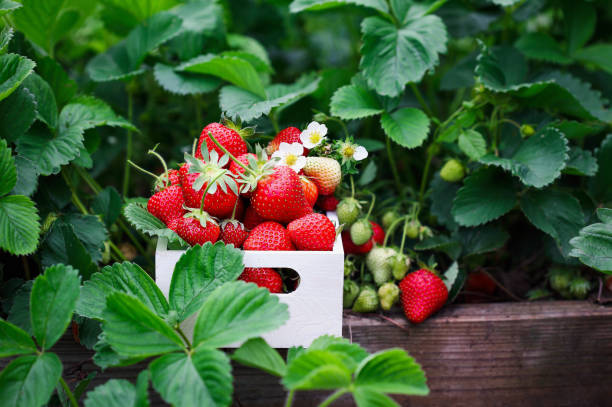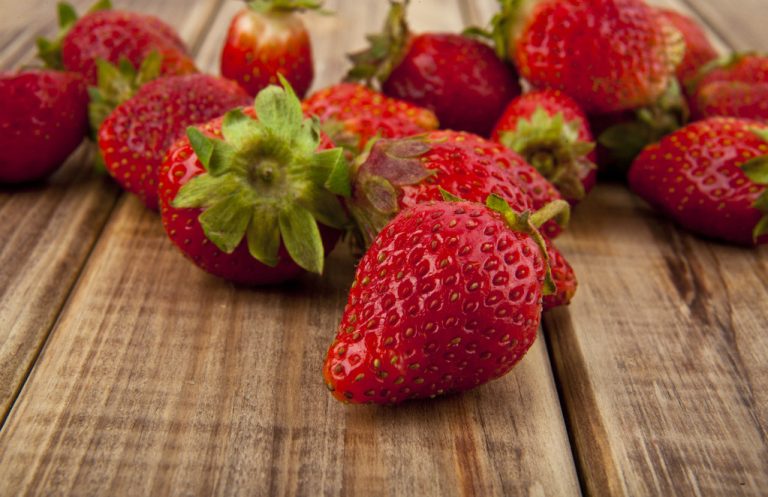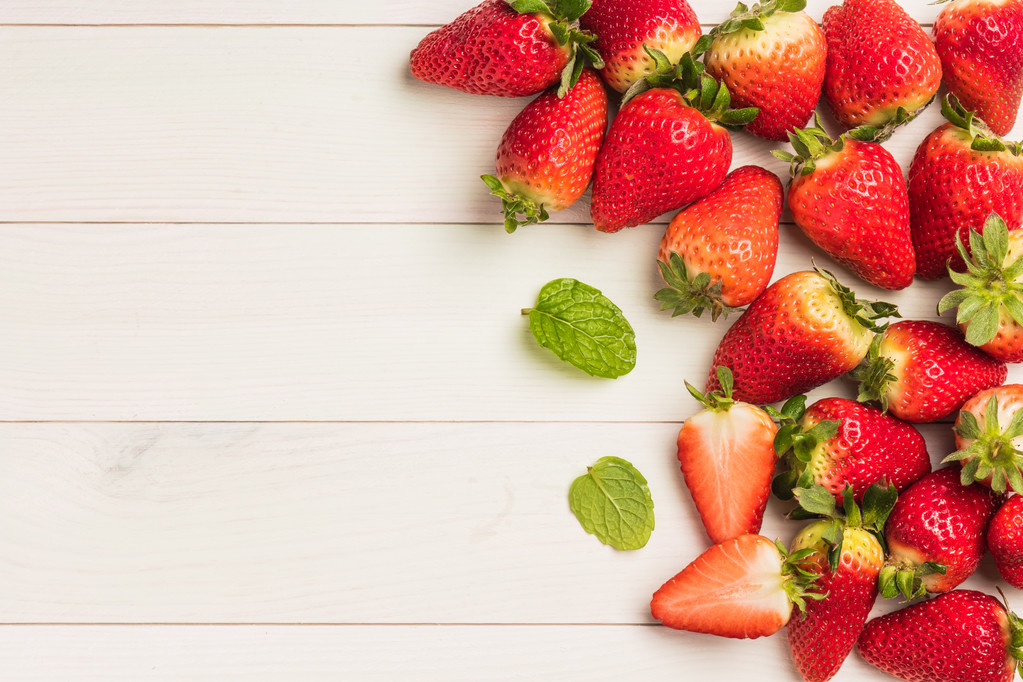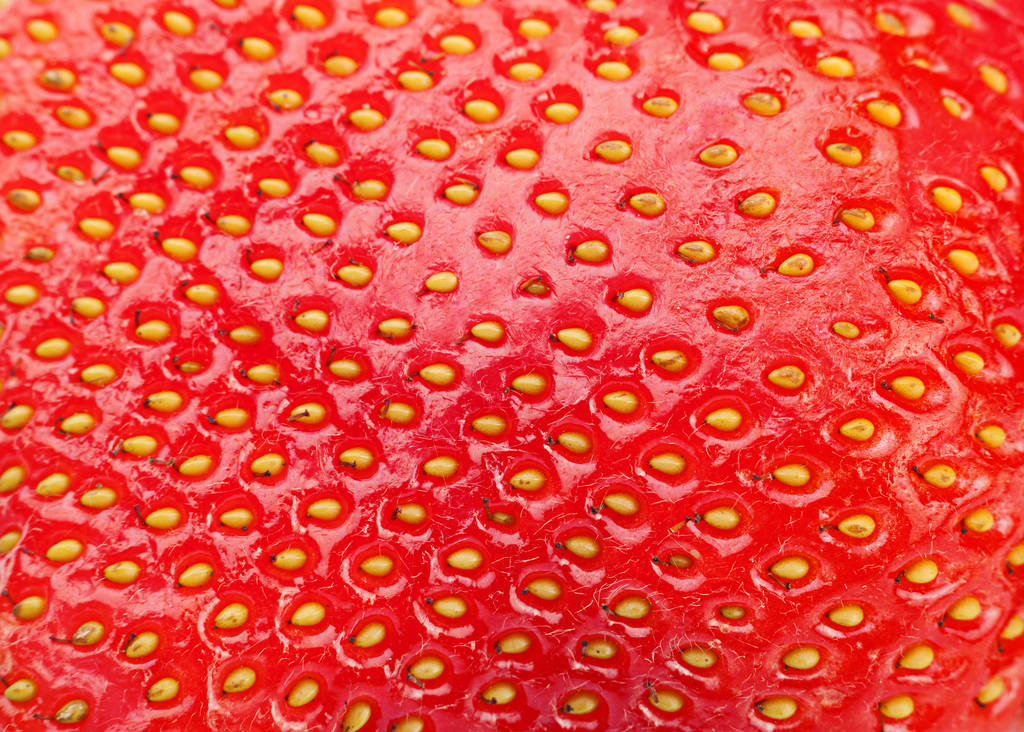It’s finally that time again: The strawberry season has started! Reason enough to use the aromatic fruits for spring desserts and cakes. We have put together for you 10 cute ideas with red fruit that will definitely delight you!
Bright red and wonderfully sweet: Take advantage of the strawberry season and add variety to your selection of strawberry recipes. Try our delicious strawberry dishes and discover the seasonal pleasure in a new way!
1. Chocolate cake with vanilla cream
This delicious cake convinces every guest: wonderfully chocolaty thanks to the chocolate base and chocolate chips and filled with wonderfully airy vanilla cream. The strawberries, which are used here as a cake topping, make it even more aromatic.

2. Strawberry ragout on rice pudding
Milk, lemon, rice, salt, strawberries, pistachios and maple syrup – this creamy dessert proves that a successful dessert doesn’t need many ingredients. Perfect for a spontaneous visit or as the crowning glory of a delicious summer meal!
3. Sweet Strawberry Banana Wraps with Peanut Butter
Wraps with a difference: This healthy snack is great for in-between meals. But the sweet wraps are also ideal for breakfast or as a dessert: Thanks to fruity strawberries, pleasant sweetness, and creamy peanut butter, they are simply convincing at any time of the day!
4. Creamy rhubarb and strawberry ice cream
Whipped cream makes this fruity ice cream particularly creamy, but thanks to the yogurt content, the dessert becomes a figure-friendly treat. The fresh berries and sour rhubarb round off the summery refreshment perfectly.
5. Rhubarb Strawberry Crumble with Apple
Everyone knows this classic dessert – so how about a particularly fruity variant with strawberries, rhubarb, and apple? During the strawberry season, this delicacy simply crowns every menu!
6. Sweet Spinach Pancakes with Strawberry Sauce
Initially, nobody would associate spinach with pancakes. But the leafy greens also cut a fine figure in the sweet version – for example, like here with delicious strawberry sauce.
7. Pink berry coconut drink with silken tofu
The bright pink color of this delicious drink puts you in a good mood and provides you with an extra portion of protein. The light coconut note also gets us in the mood for summer – what more could you ask for?
8. Fruit salad on quark cream with vanilla
Everyone knows quark cream – this delicious version with vanilla is a very special treat thanks to the aromatic, fruity, and sour accompaniment. A crunchy topping in the form of chopped pistachios completes the delicious dessert.
9. Poppy seed pancakes with strawberries
Whether as an unusual breakfast at the weekend, as a dessert, or as an alternative to cake – the poppy seed pancakes with whipped cream, strawberries, flaked almonds, and powdered sugar are a hit with every strawberry fan.
10. Strawberry cake with the shortcrust pastry base

A classic strawberry cake should not be missing with a summer coffee, right? This delicious variant convinces with a crispy shortcrust pastry base, a creamy layer of cream cheese, and bright red strawberries.

















